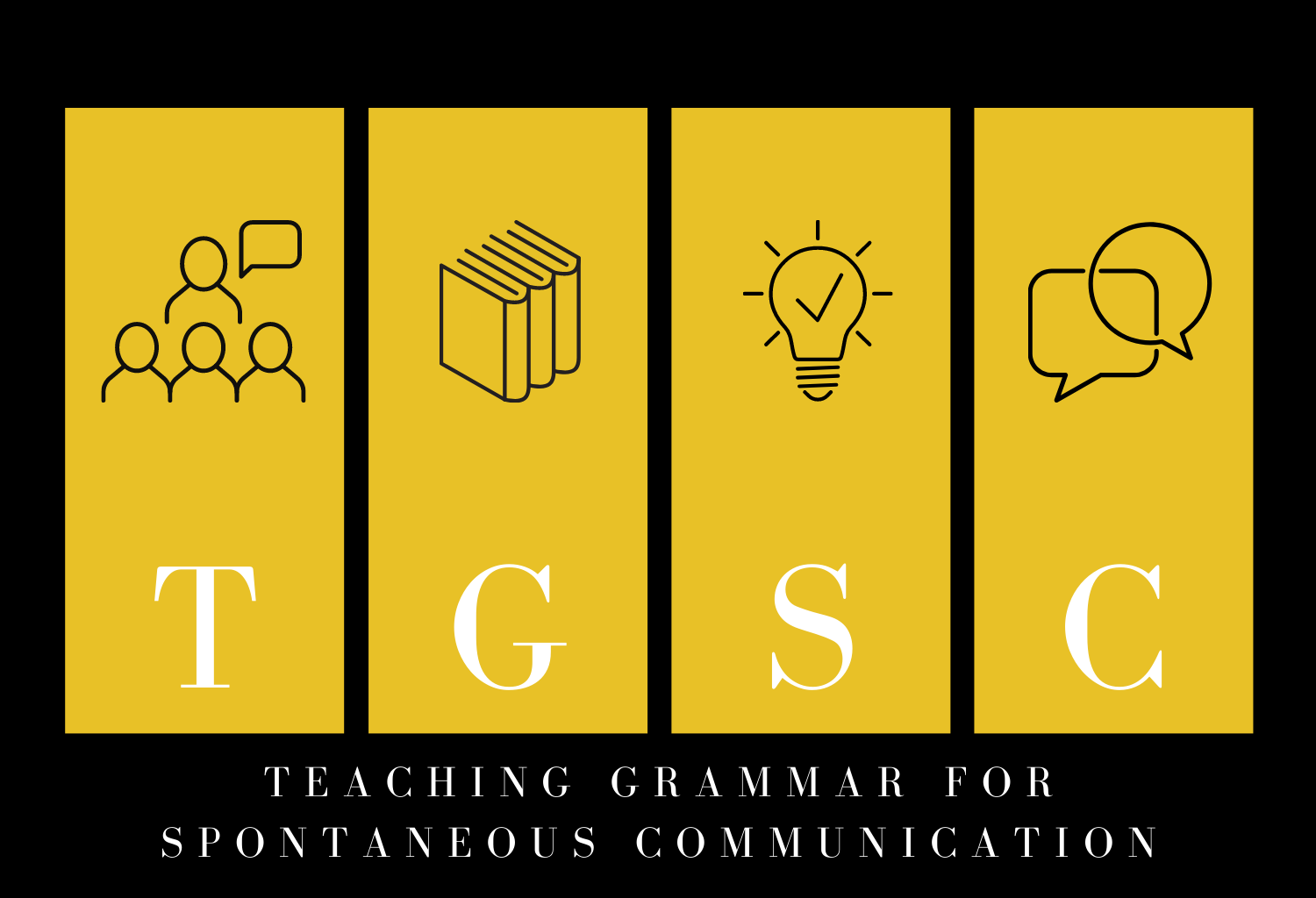Project Summary
Background Research
Second-language (L2) courses generally place a strong emphasis on grammar, but most grammar teaching remains limited to explanations of grammar rules and practice at applying those rules in simple, often mechanical exercises (Jean & Simard, 2011; Tomlinson & Masuhara, 2013; Wong & VanPatten, 2003). This form of teaching allows learners to develop knowledge of grammar rules which can be deployed to complete simple exercises and written tests (DeKeyer, 1998). However, the knowledge resulting from such teaching procedures is generally insufficient to communicate fluently and spontaneously outside the classroom, which is the underlying aim of instruction and the real goal of most learners (e.g., DeKeyser, 2007; R. Ellis, 2001). Thus, although learners may achieve a thorough understanding of grammar rules, their ability to use them in fluent, real-time communication often remains very limited. Such ability will be referred to as “grammatical knowledge for spontaneous communication” throughout this document and defined as grammatical knowledge that can be accessed with speed and cognitive ease for the purposes of participating in real-time communication in a fluent manner.
Researchers recognise the importance of developing grammatical knowledge for spontaneous communication (R. Ellis, 2014; Hulstijn, 2007; Loewen & Sato, 2018) and provide pedagogical guidance (Batstone & Ellis, 2009; DeKeyser, 1998, 2017; Lyster & Sato, 2013; Nassaji, 2017). It is widely agreed among these researchers that L2 teachers can facilitate the development of grammatical knowledge for spontaneous communication through practice activities that engage learners in using target grammatical structures during meaningful, communicative interaction (e.g, DeKeyser, 2017; R. Ellis, 2014; Lightbown, 2008), i.e., targeted communicative practice activities. The aim of this project is to familiarise teachers of a second language with targeted communicative practice activities.
Target Groups
1. Directors of studies at language schools (direct)
2. L2 teachers (direct)
3. Adult L2 learners at CEFR A2 level and above (indirect)
RESOURCES DEVELOPED
Handbook
A handbook containing a teacher-friendly overview of the research into the development of grammatical knowledge for spontaneous communication and a compilation of sample activities and procedures that can be used in the classroom for the purposes of developing this kind of knowledge.
CPD Programme
A curriculum and accompanying materials for a brief CPD programme on the subject of developing grammatical knowledge for spontaneous communication. These materials have been designed for the purpose of in-house teacher training and provide opportunities for discussions as well as practical tasks. The accompanying booklet will also include additional grammar activities which teachers can use in the classroom.
HANDBOOK ON EFFECTIVE CPD SESSIONS
This product is a spin-off of the second product (the CPD programme). As the members of the partnership had to upskill themselves in the area of how to design CPD materials for the purposes of this project, they decided to produce this handbook to share their research findings and lessons learnt. It covers topics such as how to engage your audience, good practices in CPD sessions, and fun activities for CPD sessions.
Participants
Eight providers of L2 instruction to L2 learners (e.g., language schools or universities) will participate in the project. Direct participants will be the directors of studies (n=8) and L2 teachers (n=36) in these organisations, as well
as their learners.
Activities
1. Research into the ways that teaching can facilitate the development of grammatical knowledge for spontaneous communication
2. Development of output 1
3. Development of output 2
4. Piloting
5. Evaluation
6. Improvement
7. Dissemination
Expected impact
1. Increased awareness of what grammatical knowledge for spontaneous communication is among L2 teachers.
2. Increased theoretical and practical knowledge of how grammatical knowledge for spontaneous communication can be promoted in the classroom.
3. Increased access to relevant teaching materials.
4. Improved communication skills of L2 learners.
